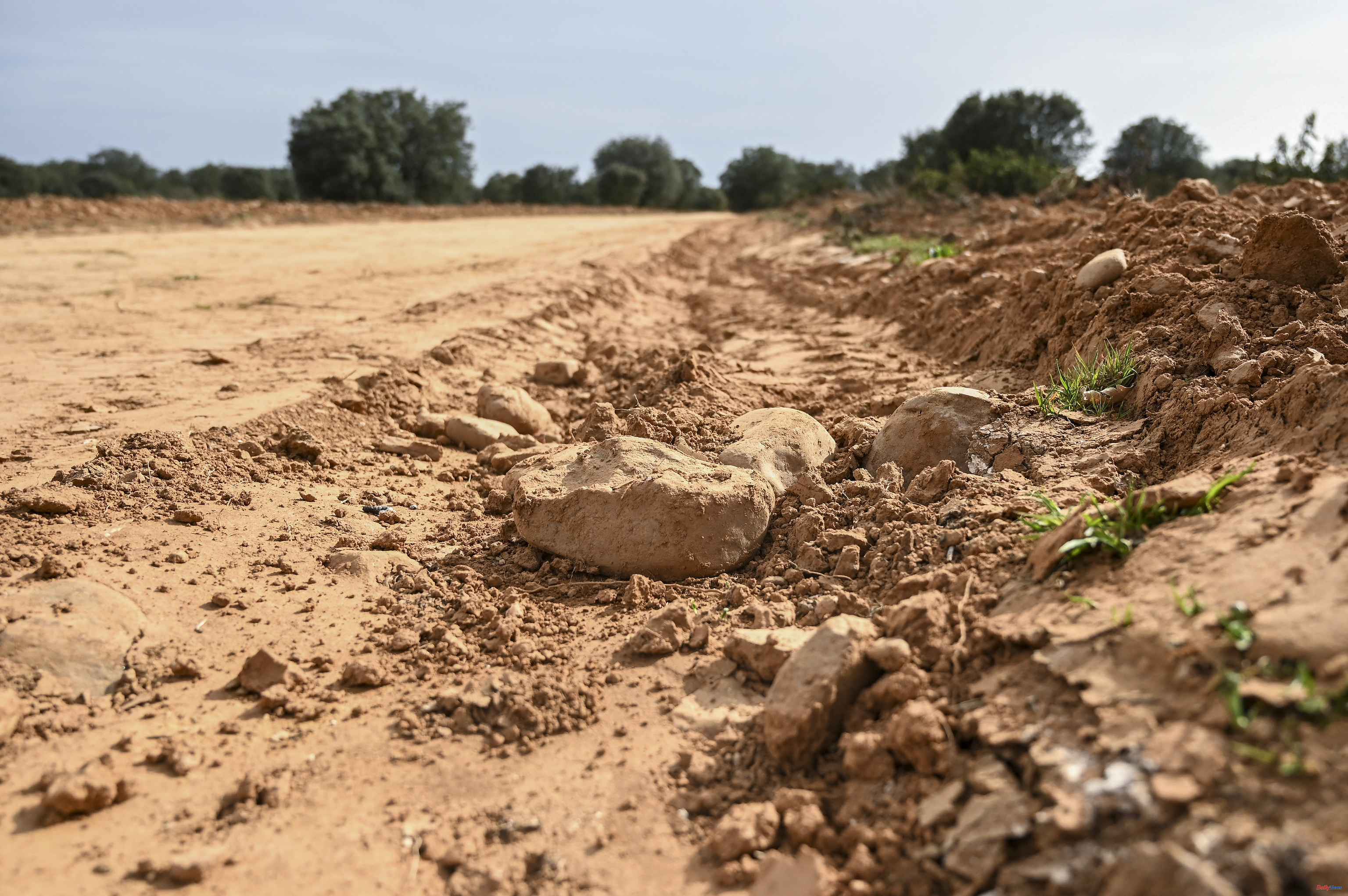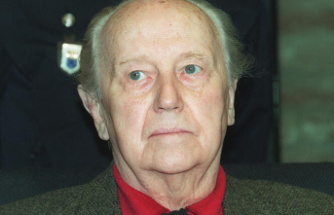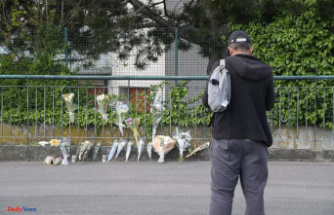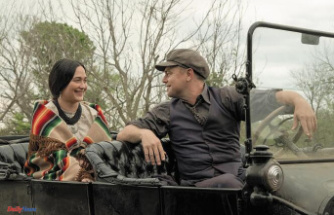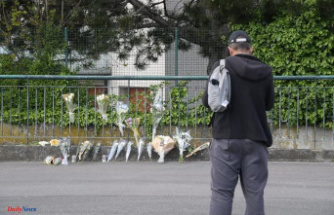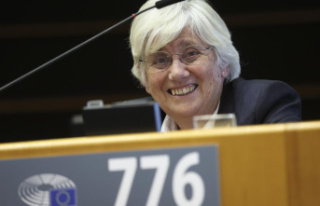The Junta de Castilla y León has opened an administrative file to penalize the Leonese municipalities of Castrocalbón and San Esteban de Nogales for the works promoted by the La Cabrera-Valdería Commonwealth that have caused damage to a 1.2-kilometre section of a Roman road .
The territorial delegate of the Junta in León, Ester Muñoz, reported this Wednesday that the complaint for the damage arrived last week and that yesterday the archaeologist from the territorial service of Culture traveled to the area to verify the alleged damage caused.
His preliminary report indicates that said road, which takes the name of 'Calzada del Obispo or Calzada de Nuestra Señora', has its origin in Astorga, the ancient Roman Astúrica Augusta and its end in the also Roman city of Braga, or Bracara Augusta, in Portugal.
It is an ancient itinerary that is very well identified, especially due to its layout and the important remains that it still treasures, consisting of a very prominent embankment on the surrounding land and which has one of its best examples in Monte de la Chana, on the road from Valdería-Castrocalbón, in a section of approximately 3.8 kilometers.
In the inspection carried out yesterday, it was verified that the works carried out a few days ago on this route have affected approximately 1.2 kilometers of the old Roman itinerary, since the beginning of the works in the area called 'Corrales de la Devesa' until its end at 'La Chana', near the Robledo fountain.
The archaeological report specifies that the Roman road presents, in a good part of its route through the 'Monte de la Chana', the particularity of having been reserved for a path that runs parallel to it, a circumstance to which its conservation is due, but This road has now been considerably enlarged in its width and equipped with ditches that flank it on both sides, which has affected the embankment, since the road runs on this side.
Therefore, and in view of the alleged infringement contemplated in the Castilla y León Cultural Heritage Law, the Board opens an administrative file to the two municipalities involved.
In parallel, this Wednesday the Civil Guard report was received stating that criminal proceedings are expected to be opened, so that the administrative process would be paralyzed until the criminal proceedings are settled.
This Roman road, considered by experts as one of the best preserved on the peninsula, was built between 79 and 80 during the empire of Vespasian and his son Titus for commercial purposes and restored in the times of Maximino the Thracian and his son Máximo and its layout is one of those that preserves the largest number of milestones (stones that marked distances) in all of Europe.
The mayor of Castrocalbón, the socialist Luis Antonio Cenador, denies the damage and affirms that it has been a simple "smoothing" to eliminate potholes.
In addition, it recalls that it is one of the rural road works that the Commonwealth of La Cabrera-Valdería has assigned to the municipalities that make it up, and emphasizes that the action had a public report to which no allegation was presented.
The stretch of road affected by these works is located on the Antonino A-18 route or Vía Nova, a Roman road that appears with the number XVIII on the Antonino Itinerary, which joined the cities of Bracara Augusta (now Braga), capital of convent of Braga, and Asturica Augusta (Astorga), capital of the convent of Asturias, off the coast of some 210 Roman miles (about 330 kilometres).
According to the criteria of The Trust Project

